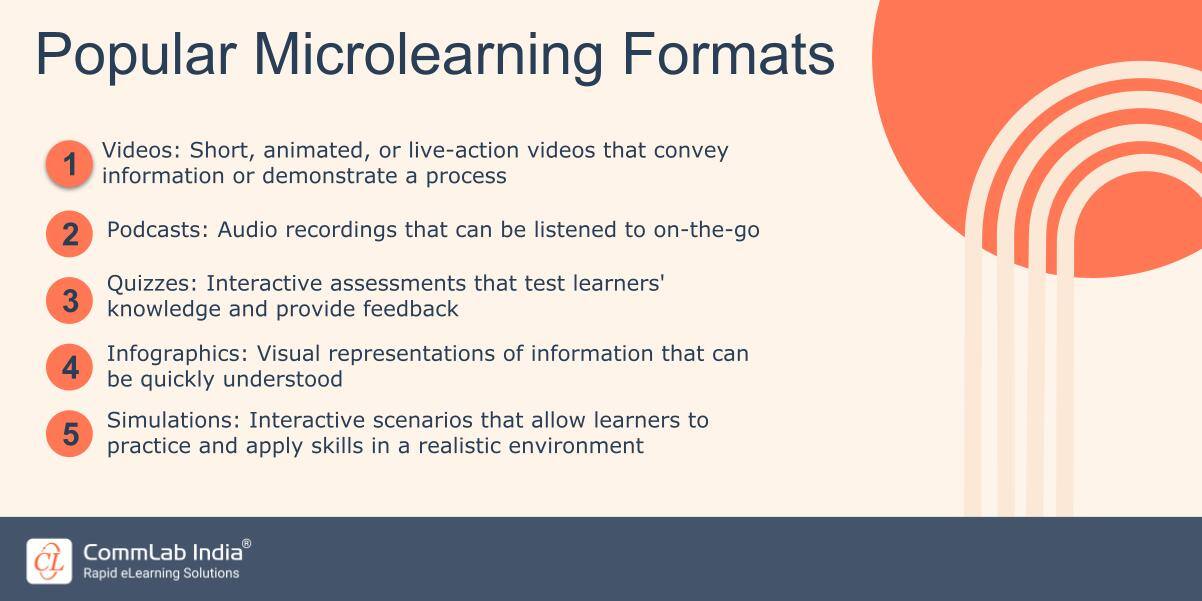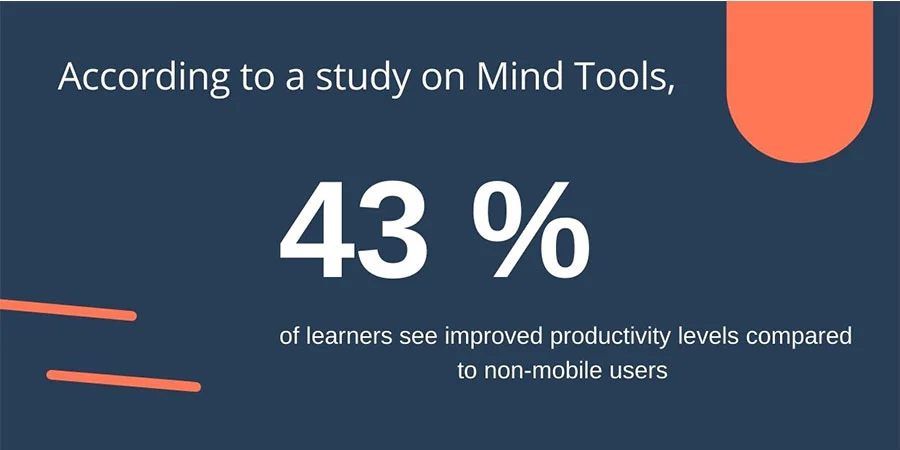Exploring the Key Challenges Faced by L&D Managers and Ways to Mitigate Them

In today's rapidly evolving business landscape, Learning and Development (L&D) managers play a crucial role in equipping employees with the skills and knowledge needed to thrive. However, they face numerous challenges in designing and implementing effective learning programs. This blog post delves into some of the most common obstacles encountered by L&D managers and offers practical strategies to overcome them.
Being an L&D Manager Can be Really Exhausting! Isn’t It?
You might be facing these challenges
- The ever-changing needs of the workforce
- Limited resources
- Resistance to change
- Keeping up with technology
Read on to check out the various ways you can mitigate such challenges.
Key Challenges Faced by L&D Managers and Ways to Mitigate Them
1. The Ever-Changing Needs of the Workforce
The modern workforce is characterized by diversity in age, experience, and learning preferences. What works for one employee might not work for another. Additionally, technological advancements and industry trends demand a constant update of skills and knowledge. L&D managers must stay abreast of these changes to ensure that their learning programs remain relevant and engaging.
Mitigation:
- Conduct Needs Assessments: Regularly assess the skills gaps within the organization and tailor learning programs accordingly.
- Embrace Personalized Learning: Offer a variety of learning formats – from online custom eLearning courses and workshops to on-the-job training and mentorship – to cater to diverse learning styles.
- Foster a Culture of Continuous Learning: Encourage employees to take ownership of their professional development by providing access to resources and promoting a growth mindset.
→ Download eBook Now: L&D Manager’s Guide to Successful Implementation and Planning
2. Limited Resources (Time and Budget)
Learning and development departments often operate with limited budgets and tight timelines. Creating high-quality learning materials, delivering training sessions, and measuring the impact of learning initiatives can be resource-intensive.
Mitigation:
- Prioritize High-Impact Initiatives: Focus on training programs that align with the organization's strategic goals and have the potential to yield the highest return on investment.
- Leverage Technology: Explore cost-effective eLearning platforms, webinars, and microlearning modules to deliver training content efficiently.

- Measure and Evaluate: Track the effectiveness of learning programs to identify areas for improvement and justify resource allocation.
3. Measuring the ROI of L&D Programs
Proving the value of L&D initiatives to stakeholders can be challenging. It's essential to demonstrate how learning programs contribute to employee performance, productivity, and overall business success.
Mitigation:
- Set Clear Objectives: Define measurable goals for each learning program and track progress against these objectives.
- Collect Data: Gather feedback from participants, managers, and stakeholders to assess the impact of training on individual and team performance.
- Use Analytics: Utilize learning analytics tools to gain insights into learner behavior, engagement, and knowledge retention.
4. Resistance to Change
Employees may resist participating in learning programs due to a lack of time, motivation, or a perceived irrelevance to their roles.
Mitigation:
- Communicate the Benefits: Clearly articulate the value of learning programs to employees, emphasizing how they can enhance their skills, career prospects, and job satisfaction.
- Make Learning Convenient: Offer flexible learning options, such as bite-sized modules or mobile learning, to accommodate busy schedules and facilitate on-the-go learning.

- Recognize and Reward: Celebrate learning achievements and recognize employees who actively engage in professional development.
5. Keeping Up with Technology
The rapid pace of technological change can make it difficult for L&D managers to keep their learning programs up-to-date. New tools and platforms emerge constantly, and it's important to evaluate their potential to enhance the learning experience.
Mitigation:
- Stay Informed: Attend industry conferences, webinars, and workshops to learn about emerging trends and technologies.
- Experiment and Pilot: Test new learning technologies on a small scale before rolling them out to the entire organization.
- Partner with IT: Collaborate with the IT department to ensure that learning technologies integrate seamlessly with existing systems.
6. Building a Learning Culture
Creating a culture of continuous learning requires more than just offering training programs. It involves fostering an environment where learning is valued, encouraged, and integrated into daily work routines.
Mitigation:
- Lead by Example: Senior leaders should actively participate in learning initiatives and promote a growth mindset throughout the organization.
- Create Opportunities for Learning: Encourage employees to share their knowledge, participate in communities of practice, and attend conferences or workshops.
- Reward Learning: Recognize and reward employees who actively engage in learning and development activities.
A Few Points to Remember!
- The key to successful L&D lies in adaptability, innovation, and a commitment to continuous improvement.
- By partnering with stakeholders, measuring the impact of learning initiatives, and staying abreast of emerging trends, L&D managers can play a pivotal role in shaping the future of work.
- Investing in employee development is not just an expense; it's a strategic investment that yields substantial returns in terms of productivity, innovation, and employee engagement.
Wrapping Up!
L&D managers face a complex and ever-evolving landscape of challenges. However, by understanding these obstacles and implementing proactive strategies, they can overcome them and create learning programs that drive individual and organizational success. By embracing change, leveraging technology, and fostering a culture of continuous learning, L&D managers can empower employees with the skills and knowledge needed to thrive in the digital age. As a bonus, here’s a free eBook that shares various crucial insights for L&D managers to successfully plan and implement anything related to L&D.





